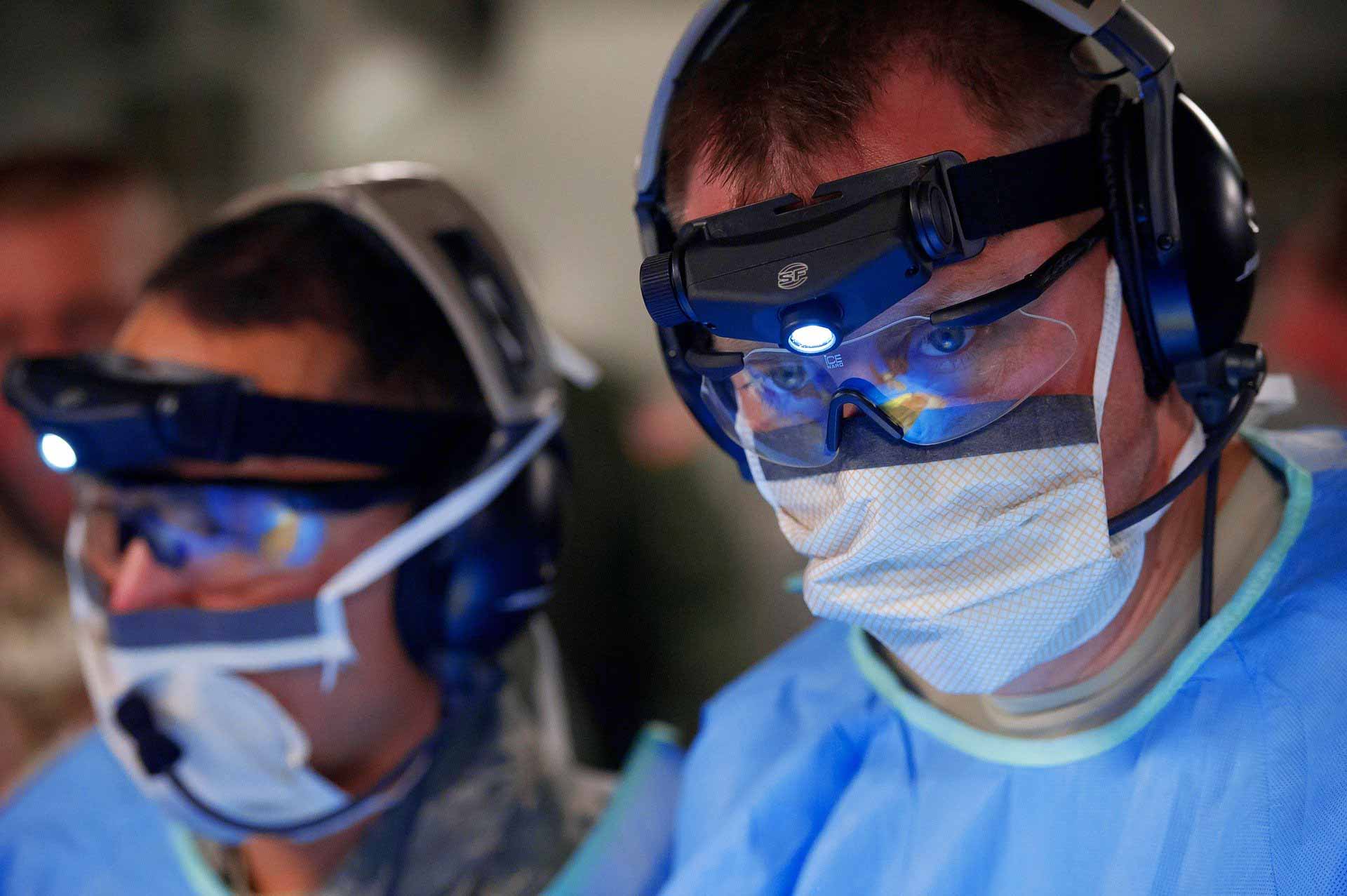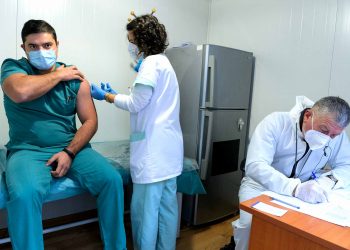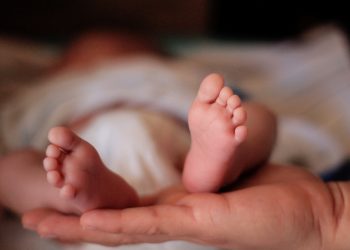By 2050, around one-in-four people will be living with some degree of hearing loss, the UN health agency warned, in its first World Report on Hearing. The World Health Organization’s (WHO) report, launched ahead of World Hearing Day 2021 on Wednesday, says that in less than 30 years, nearly 2.5 billion people globally face the threat of hearing loss – at least 700 million of whom will require healthcare as well as other rehabilitation services, unless action is taken.
That figure would mark a significant increase from the current 430 million people worldwide who are experiencing “disabling hearing loss”. “Our ability to hear is precious. Untreated hearing loss can have a devastating impact on people’s ability to communicate, to study and to earn a living”, said WHO Director-General chief Tedros Adhanom Ghebreyesus. “It can also impact on people’s mental health and their ability to sustain relationships”.
The impact of unaddressed hearing loss
When unaddressed the problem impacts many aspects of life at individual level:
Communication and speech
Education and Employment: In developing countries, children with hearing loss and deafness often do not receive schooling. Adults also have a much higher unemployment rate. Among those who are employed, a higher percentage of people with hearing loss are in the lower grades of employment compared with the general workforce.
Social isolation, loneliness and stigma
Impact on society and economy Years Lived with Disability (YDLs) and Disability Adjusted Life Years (DALYs)
WHO estimates that unaddressed hearing loss poses an annual global cost of US$ 980 billion. This includes health sector costs (excluding the cost of support devices), costs of educational support, loss of productivity, and societal costs. 57% of these costs are attributed to low- and middle-income countries.
EU Health Emergency Preparedness and Response Authority (HERA)

Healthcare investments
The new report underlines the need to promptly step-up efforts to prevent and address hearing loss by investing and expanding access to ear and healthcare services. WHO has calculated that governments can expect a cost-effective return of nearly $16 for every dollar invested. The vast majority of those with disabling hearing loss, live in low and middle income countries where policies, trained professionals, infrastructure and basic awareness to address the issue, are commonly lacking.
“Integrating ear and hearing care interventions within national health plans and delivering these through strengthened health systems, as part of universal health coverage, is essential to meet the needs of those at risk of or living with hearing loss”, said Bente Mikkelsen, Director of the WHO Department of Noncommunicable Diseases.
Hearing loss
In children, we could have prevention in almost 60 per cent through measures such as rubella and meningitis immunizations, improved maternal and neonatal care, and screening for and early management of otitis media – inflammatory diseases of the middle ear.
Untreated hearing loss can have a devastating impact on people’s ability to communicate, to study and to earn a living
WHO chief
In adults, noise control, safe listening and surveillance of medicines that cause a toxic effect on the ear or its nerve supply, together with thorough ear hygiene can help maintain good hearing and reduce the potential.

Correcting the Hearing loss – Diagnosis and treatment
Identification is the first step in addressing the health problem and related ear diseases. According to WHO, clinical screening at strategic points in life ensure that any loss of hearing and ear diseases can be identified as early as possible. Moreover, recent technological advances, including accurate and easy-to-use tools, can identify the problem at any age, and screenings can be done during the COVID-19 pandemic and in underserved areas of the world.
Once diagnosed, early intervention is key. Medical treatment can cure most ear diseases and where hearing loss is irreversible, rehabilitation can prevent adverse consequences of hearing loss. A range of options are available, including technology such as hearing aids and cochlear implants, which, when accompanied by appropriate support services and rehabilitative therapy, are effective and can benefit children and adults alike.
“To ensure that the benefit of these technological advances and solutions is equitably accessible to all, countries must adopt an integrated people-centered approach”, Dr. Bente Mikkelsen advised. The report also highlights that sign language and other sensory substitution, such as speech reading, are important options for many deaf people, as are hearing assistive technology and services, including captioning and sign language interpretation.















